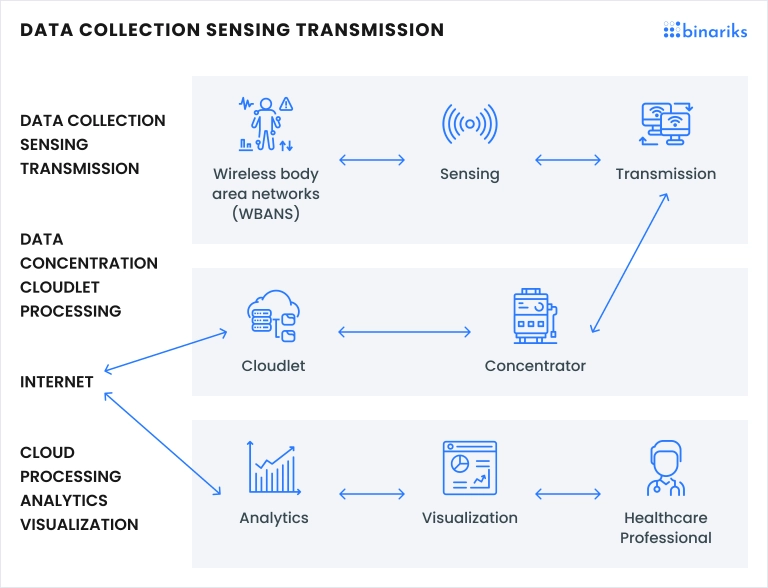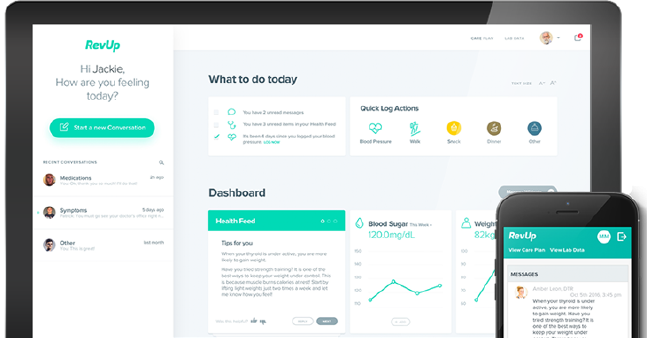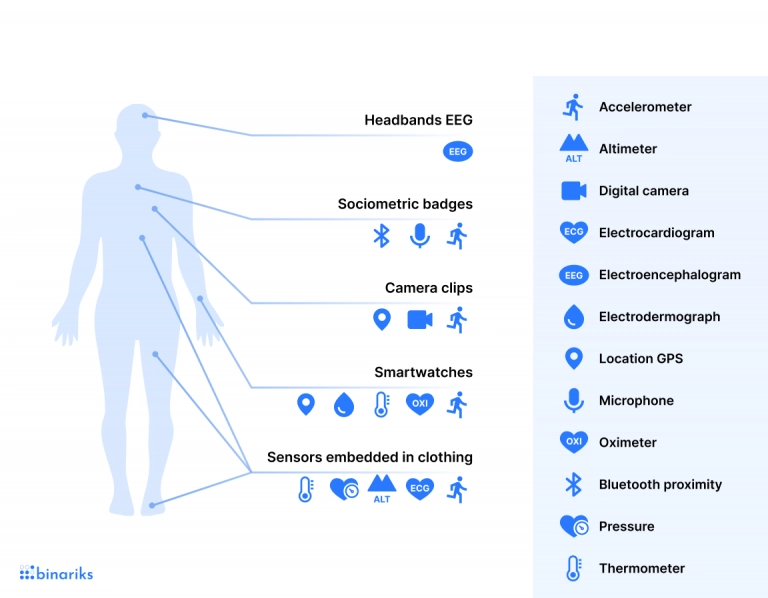Leading Remote Patient Monitoring Platform: Advanced Qualities and Conveniences
Leading Remote Patient Monitoring Platform: Advanced Qualities and Conveniences
Blog Article
Discover the Power of Remote Person Monitoring Modern Technology

Benefits of Remote Person Tracking
What are the essential benefits of making use of remote person monitoring technology in health care setups? Remote patient monitoring technology uses numerous benefits that can substantially enhance person results and medical care performance.
Furthermore, remote patient monitoring enhances individual involvement and encourages people to take an energetic function in handling their health. Clients can receive individualized comments, education, and assistance based on their particular wellness information, bring about better adherence to treatment plans and improved total wellness.

How Remote Monitoring Works
Remote monitoring technology in healthcare involves using electronic devices to collect and track patient data remotely. These devices, such as wearable sensing units, mobile applications, and connected clinical tools, constantly check crucial indications, signs, and various other health and wellness signs. The accumulated information is after that sent securely to medical care service providers in real-time or at scheduled periods.
The process of remote monitoring starts with the configuration of the monitoring tool, which is customized to the specific wellness requirements of the client. People are commonly instructed on how to make use of the tools properly and are guided on the regularity of information transmission. As the gadgets track various health and wellness metrics, they generate beneficial insights that assist healthcare experts assess the person's condition, discover any type of worrying trends, and make educated decisions regarding their care strategy.
Remote monitoring modern technology operates with protected information networks and cloud-based platforms, ensuring the privacy and honesty of client info. This seamless flow of information makes it possible for timely interventions, customized treatment, and improved health and wellness end results for patients, particularly those with chronic problems or in demand of regular tracking.
Improving Patient Engagement
Given the fundamental duty that remote tracking modern technology plays in health care, boosting patient engagement is paramount to maximizing the advantages of this ingenious method to care. By actively entailing individuals in their very own wellness monitoring, remote individual monitoring cultivates a sense of empowerment and obligation.
Furthermore, remote patient surveillance assists in routine interaction in between clients and healthcare groups, permitting prompt interventions and personalized treatment plans. Involving individuals through academic resources, individualized comments, and interactive tools additionally motivates them to stick to treatment procedures and take on much healthier way of life choices. Ultimately, by promoting client engagement, remote surveillance innovation boosts the high quality of treatment, improves wellness outcomes, and reinforces the patient-provider connection in a vibrant and patient-centered way.
Enhancing Healthcare Efficiency
Effective medical care shipment pivots on the smooth integration of remote individual surveillance technology with existing care systems and process. By including remote client tracking devices, health care carriers can enhance procedures, maximize resource allowance, and boost general effectiveness in supplying care.
One key aspect where remote client monitoring modern technology improves efficiency is in minimizing unneeded medical facility visits. With real-time monitoring of client vitals and signs and symptoms from their homes, healthcare service providers can step in proactively, stopping difficulties and reducing the concern on emergency departments. Furthermore, remote tracking enables for very early detection of health and wellness damage, preventing and enabling timely treatments medical facility readmissions.
Additionally, remote individual tracking technology makes it possible for constant data collection, resulting in even more targeted and individualized care plans. This data-driven approach aids health care professionals make educated decisions, see prioritize risky clients, and allocate sources effectively. By incorporating remote monitoring innovation into existing medical care systems, providers can enhance patient results, boost operational efficiency, and eventually, deliver better treatment.
Future Trends in Remote Surveillance

An additional key pattern is the expansion of wearable devices and sensing units for continuous health and wellness monitoring. Wearables like smartwatches, physical fitness trackers, and medical-grade tools can track important indications, task degrees, and drug adherence, supplying a comprehensive photo of a client's health and wellness outside typical medical settings.
Moreover, the fostering of telehealth services is predicted to raise, assisting in remote appointments, sites monitoring, and follow-ups. Telehealth not only improves access to take care of people in remote locations but also decreases medical care costs and improves overall client results. As these patterns proceed to develop, remote patient monitoring is readied to play a pivotal role in the future of healthcare shipment, promoting proactive, customized, and efficient client care.
Conclusion
In conclusion, remote patient monitoring technology offers numerous benefits such as improved patient engagement, boosted medical care performance, and capacity for future patterns in health care. This innovation enables for continuous monitoring of people beyond standard health care setups, causing much better health and wellness results and reduced health care expenses - remote patient monitoring platform. As remote surveillance remains to evolve, it has the potential to change the way medical care is provided and improve the total high quality of patient treatment
Remote client monitoring modern find here technology provides numerous advantages that can significantly improve individual outcomes and medical care efficiency. By proactively involving patients in their very own health and wellness monitoring, remote individual monitoring cultivates a sense of empowerment and responsibility.In addition, remote client surveillance assists in normal communication in between individuals and healthcare teams, allowing for timely interventions and personalized care plans. As these trends continue to progress, remote patient surveillance is set to play an essential role in the future of healthcare shipment, advertising positive, customized, and effective patient care.
In final thought, remote person monitoring modern technology provides countless advantages such as improved client interaction, boosted health care performance, and potential for future patterns in health care.
Report this page